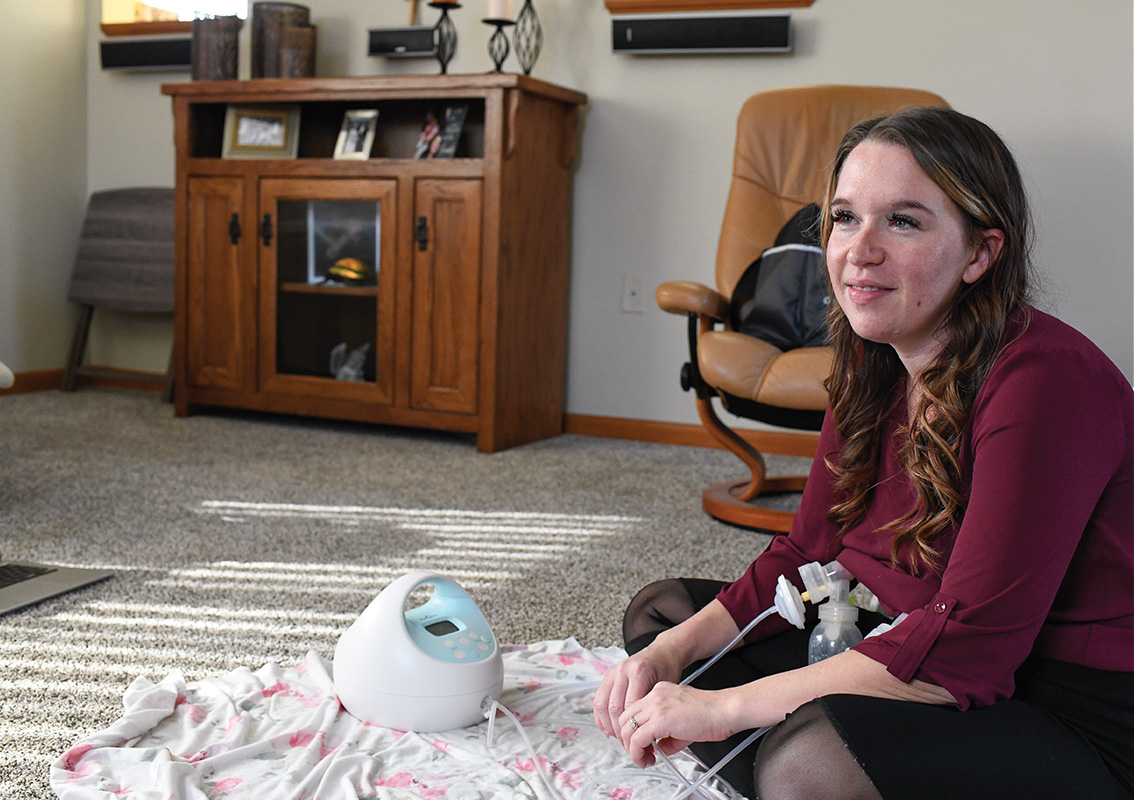
Tu cuerpo, tu mente
Salud emocional
El duelo es abrumador a veces, pero es normal. No eres la única persona que se siente así. Superar el duelo es un proceso; tus sentimientos cambiarán con el tiempo. Si estos sentimientos se vuelven demasiado, habla con tu médico.
Un grupo de apoyo puede ayudarte en el proceso de sanación. Hablar con otras personas que perdieron un bebé te ayudará durante este tiempo.
Nutrición
- Come comidas pequeñas con regularidad.
- Come bocadillos saludables.
- Prepara comidas que se vean y huelan bien.
- Toma un preparado multivitamínico.
El WIC proporciona alimentos con la nutrición que tu cuerpo necesita para recuperarse.

Proteínas
Proteínas en huevos, mantequilla de cacahuate y frijoles para reparar tejidos de tu cuerpo.

Hierro
Hierro en frijoles, lentejas y cereales para mantener la sangre sana y llena de oxígeno.

Vitaminas
Vitaminas y minerales de frutas y vegetales para ayudar con la recuperación.

Calcio
Calcio en la leche, el queso y el yogur para mantener los huesos y los dientes sanos y fuertes.

Lactancia
Recursos
Tu proveedor de atención médica
Consulta a tu médico para asegurarte de que tu cuerpo esté sano. Es posible que tenga información sobre los grupos de apoyo a los que puedes ir en tu clínica u hospital.
WIC
Es posible que puedas permanecer en el Special Supplemental Nutrition Program for Women, Infants and Children (WIC, Programa Especial de Nutrición Suplementaria para Mujeres, Infantes y Niños) como cliente de después del parto luego de una pérdida para recibir apoyo, asesoramiento sobre nutrición y comidas para mantener tu cuerpo saludable.
Grupos de apoyo
Pueden ayudarte en el proceso de sanación. Pregúntale al personal del WIC sobre los recursos locales.
Apoyo gratis ante una pérdida de embarazo
Open Arms: Programa gratis de apoyo
Grupos gratis de apoyo virtual
Open Arms: Programa gratis de apoyo
Grupos gratis de apoyo virtual
Línea de apoyo atendida por profesionales que tienen experiencia personal con el embarazo y la pérdida de bebés.
Una línea directa financiada por la Health Resources and Services Administration (HRSA, Administración de Recursos y Servicios de Salud) de EE. UU. y operada por Postpartum Support International, disponible las 24 horas, los 365 días del año, en inglés o español y otros idiomas a pedido.